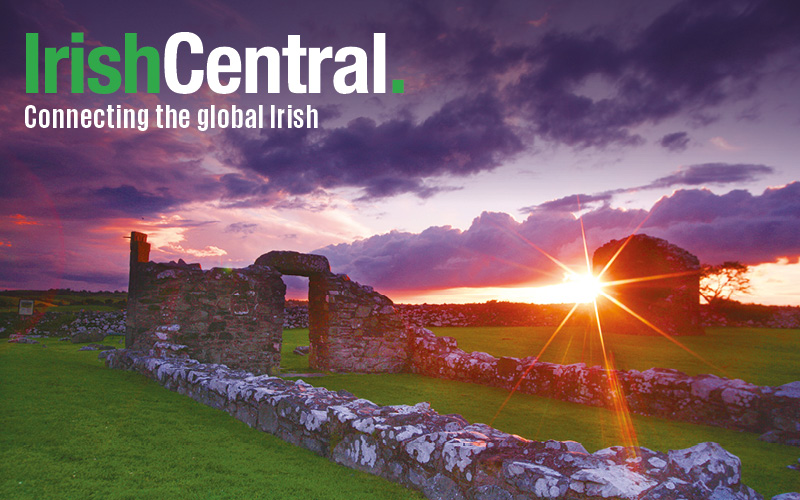Ireland certainly offers a rich cultural history, and science is no exception. Below, find some of the most famous scientists Ireland has produced, as well as their contributions to science in all forms.
Just months ahead of Dublin’s celebration of being named European City of Science 2012, SiliconRepublic.com reports on the top scientists who called Ireland their home:
1. Ernest Walton (1903-1997), born in Dungarvan, Co Waterford
Walton was a pioneer nuclear physicist, and is the only Irish science Nobel Laureate. He and John Cockroft “split the atom” (disintegrated lithium) using the first successfully built particle accelerator, built by Walton,at Cambridge in 1931.
2. Robert Boyle (1627-1691), born at Lismore Castle, Co Waterford
Sometimes referred to as ‘The Father of Chemistry,’ Boyle published The Special Chemist in 1661. In it, he questioned alchemy, the pseudo-scientific predecessor of chemistry. He taught that the proper object of chemistry was to determine the composition of substances. Boyle was the first to coin the term “analysis.” He formulated “Boyle’s Law” in 1661 which states that the pressure and volume of a gas are inversely related at constant temperature.
3. Sir Ernest Henry Shackleton (1874 –1922)
An Anglo-Irish explorer, Shackleton was one of the principal figures of the Heroic Age of Antartic Exploration. In 1907, he led the now famous Nimrod Expedition to Antarctica in which he and three companions which marked the farthest south latitude at 88° 23′ S, 97 geographical miles (114 statute miles, 190 km) from the South Pole, the closest convergence in exploration history up to that time. Shackleton is known also for the Endurance Expedition or The Imperial Trans-Antarctic Expedition (1914–1917), its last major expedition. Along with his expedition, he made the first ascent of Mount Erebus and the discovery of the approximate location of the south magnetic pole.
------------------
READ MORE:
More science news from IrishCentral
US tourist says she captured image of Jesus on Cliffs of Moher
Archbishop of Dublin shocked at survey into public reaction to clerical sex abuse
-------------------
4. William Rowan Hamilton (1805-1864), born in Dublin
Hamilton became professor of astronomy at TCD and royal astronomer of Ireland. Hamilton was a prodigy and knew 13 languages by the age of 9. He introduced the terms ‘scalar’ and ‘vector’ into mathematics, and he invented the method of quanternions as a new algebraic approach to 3D geometry. This turned out to be the seed of much modern algebra.
5. George Boole (1815-1864)
Boole was the first professor of mathematics at Queens College, Cork, today University College Cork. Sometimes referred to as The Father of Computer Science, Boole developed his system of Boolean Algebra while in Cork. This is used today in the design and operation of electronic computers and electronic hardware responsible for modern technology.
__________
Read More:
Irish pharmaceutical company working on preventative cancer drug
Ireland’s Corrigan Brothers quoted by New York Times scientists – VIDEO
Irish Central's top ten gods and goddesses from Celtic mythology - PHOTOS
__________
6. George Johnstone Stoney (1826-1911), born in Dun Laoghaire
Stoney became professor of natural philosophy at Queens College, Galway, today NUIG. His most notable scientific work was his conception and calculation of the magnitude of the ‘atom’ of electricity, for which he proposed the name ‘electron’.
7. William Thomson (1824-1907) (Lord Kelvin), born in Belfast
Thomson is a world-renowned physicist who introduced the Kelvin scale of temperature, the absolute scale. His work on the conversion of energy led to the Second Law of Thermodynamics. In 1886, he was also closely involved in the laying of the first successful transatlantic telegraph cable under sea between Ireland and Newfoundland.
------------------
READ MORE:
More science news from IrishCentral
US tourist says she captured image of Jesus on Cliffs of Moher
Archbishop of Dublin shocked at survey into public reaction to clerical sex abuse
-------------------
8. Denis Burkitt (1911-1993), born in Enniskillen, Co Fermanagh
Burkitt graduated as a physician, and became a world-renowned pioneer in public medicine as well as the identification of cancer. He worked in public service for many years in Uganda and for the first time described a cancer called Burkitt’s lymphoma, showing it is spread by mosquitoes who transmit the disease by spreading the Epstein-barr virus. Burkitt returned to London in 1966 and led campaign advocating the importance of fibre in the diet.
9. Cynthia Evelyn Longfield (1896-1991)
Longfield was a dragonfly expert and explorer. She came from an Anglo-Irish family and was interested in botany. Through her work in odonatology and entomology, Longfield saw most of Europe, and travelled extensively in four other continents, at a time when travel meant months at sea on a steamship. In 1945, Longfield published the second enlarged edition of The Dragonflies of the British Isles.
10. Nicholas Joseph Callan (1799-1864), born near Ardee, Co Louth.
Callan was appointed professor of natural philosophy at Maynooth in 1826. He acquired an interest in electrical phenomena, with his most notable contribution being the invention of the induction coil. The induction coil was the forerunner of the modern step-up voltage transformer. Only now is work attaining recognition as it was originally accredited to others.




Comments